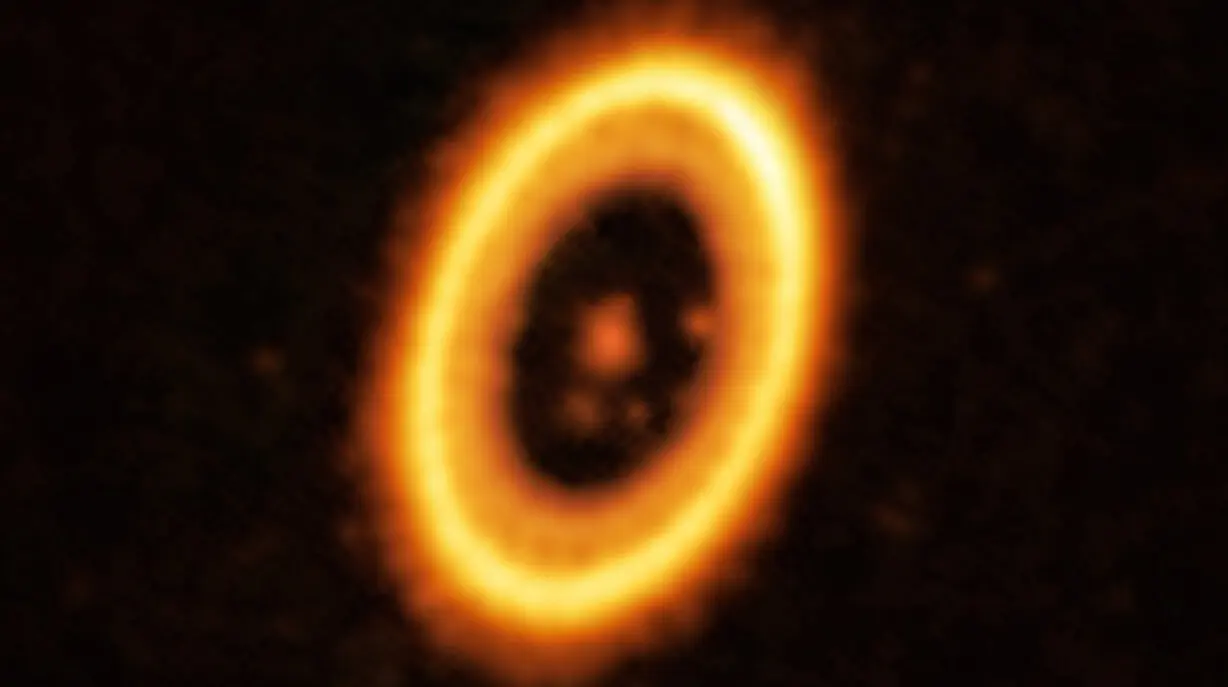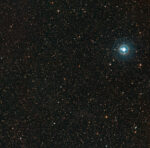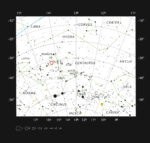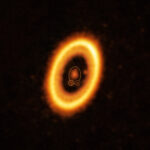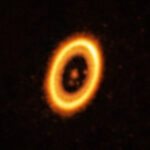Does this exoplanet have a sibling sharing the same orbit?
Using the Atacama Large Millimeter/submillimeter Array (ALMA), astronomers have found the possible ‘sibling’ of a planet orbiting a distant star. The team has detected a cloud of debris that might be sharing this planet’s orbit and which, they believe, could be the building blocks of a new planet or the remnants of one already formed. If confirmed, this discovery would be the strongest evidence yet that two exoplanets can share one orbit.
“Two decades ago it was predicted in theory that pairs of planets of similar mass may share the same orbit around their star, the so-called Trojan or co-orbital planets. For the first time, we have found evidence in favour of that idea,” says Olga Balsalobre-Ruza, a student at the Centre for Astrobiology in Madrid, Spain who led the paper published today in Astronomy & Astrophysics.
Trojans, rocky bodies in the same orbit as a planet, are common in our own Solar System [1], the most famous example being the Trojan asteroids of Jupiter — more than 12 000 rocky bodies that are in the same orbit around the Sun as the gas giant. Astronomers have predicted that Trojans, in particular Trojan planets, could also exist around a star other than our Sun, but evidence for them is scant. “Exotrojans [Trojan planets outside the Solar System] have so far been like unicorns: they are allowed to exist by theory but no one has ever detected them,” says co-author Jorge Lillo-Box, a senior researcher at the Centre for Astrobiology.
Now, an international team of scientists have used ALMA to find the strongest observational evidence yet that Trojan planets could exist — in the PDS 70 system. This young star is known to host two giant, Jupiter-like planets, PDS 70b and PDS 70c. By analysing archival ALMA observations of this system, the team spotted a cloud of debris at the location in PDS 70b’s orbit where Trojans are expected to exist.
Trojans occupy the so-called Lagrangian zones, two extended regions in a planet's orbit where the combined gravitational pull of the star and the planet can trap material. Studying these two regions of PDS 70b’s orbit, astronomers detected a faint signal from one of them, indicating that a cloud of debris with a mass up to roughly two times that of our Moon might reside there.
The team believes this cloud of debris could point to an existing Trojan world in this system, or a planet in the process of forming. “Who could imagine two worlds that share the duration of the year and the habitability conditions? Our work is the first evidence that this kind of world could exist,” says Balsalobre-Ruza. “We can imagine that a planet can share its orbit with thousands of asteroids as in the case of Jupiter, but it is mind blowing to me that planets could share the same orbit.”
“Our research is a first step to look for co-orbital planets very early in their formation,” says co-author Nuria Huélamo, a senior researcher at the Centre for Astrobiology. "It opens up new questions on the formation of Trojans, how they evolve and how frequent they are in different planetary systems,” adds Itziar De Gregorio-Monsalvo, ESO Head of the Office for Science in Chile, who also contributed to this research.
To fully confirm their detection, the team will need to wait until after 2026, when they will aim to use ALMA to see if both PDS 70b and its sibling cloud of debris move significantly along their orbit together around the star. “This would be a breakthrough in the exoplanetary field,” says Balsalobre-Ruza.
"The future of this topic is very exciting and we look forward to the extended ALMA capabilities, planned for 2030, which will dramatically improve the array’s ability to characterise Trojans in many other stars," concludes De Gregorio-Monsalvo.
Notes
[1] When asteroids in Jupiter’s orbit were first discovered, they were named after heroes of the Trojan war, giving rise to the name Trojans to refer to these objects.
More information
This research was presented in a paper to appear in Astronomy & Astrophysics (doi:10.1051/0004-6361/202346493).
The team is composed of O. Balsalobre-Ruza (Centro de Astrobiología [CAB], CSIC-INTA, Spain), I. De Gregorio-Monsalvo (European Southern Observatory [ESO], Chile), J. Lillo-Box (CAB), N. Huélamo (CAB), Á. Ribas (Institute of Astronomy, University of Cambridge, UK), M. Benisty (Laboratoire Lagrange, Université Côte d’Azur, CNRS, Observatoire de la Côte d’Azur, France and Univ. Grenoble Alpes, CNRS, IPAG, France), J. Bae (Department of Astronomy, University of Florida, USA), S. Facchini (Dipartimento di Fisica, Università degli Studi di Milano, Italy), and R. Teague (Department of Earth, Atmospheric, and Planetary Sciences, Massachusetts Institute of Technology, USA).
The original press release was published by the European Southern Observatory (ESO), an ALMA partner on behalf of Europe.
The Atacama Large Millimeter/submillimeter Array (ALMA), an international astronomy facility, is a partnership of ESO, the U.S. National Science Foundation (NSF) and the National Institutes of Natural Sciences (NINS) of Japan in cooperation with the Republic of Chile. ALMA is funded by ESO on behalf of its Member States, by NSF in cooperation with the National Research Council of Canada (NRC) and the National Science and Technology Council (NSTC) in Taiwan and by NINS in cooperation with the Academia Sinica (AS) in Taiwan and the Korea Astronomy and Space Science Institute (KASI).
ALMA construction and operations are led by ESO on behalf of its Member States; by the National Radio Astronomy Observatory (NRAO), managed by Associated Universities, Inc. (AUI), on behalf of North America; and by the National Astronomical Observatory of Japan (NAOJ) on behalf of East Asia. The Joint ALMA Observatory (JAO) provides the unified leadership and management of the construction, commissioning and operation of ALMA.
Images
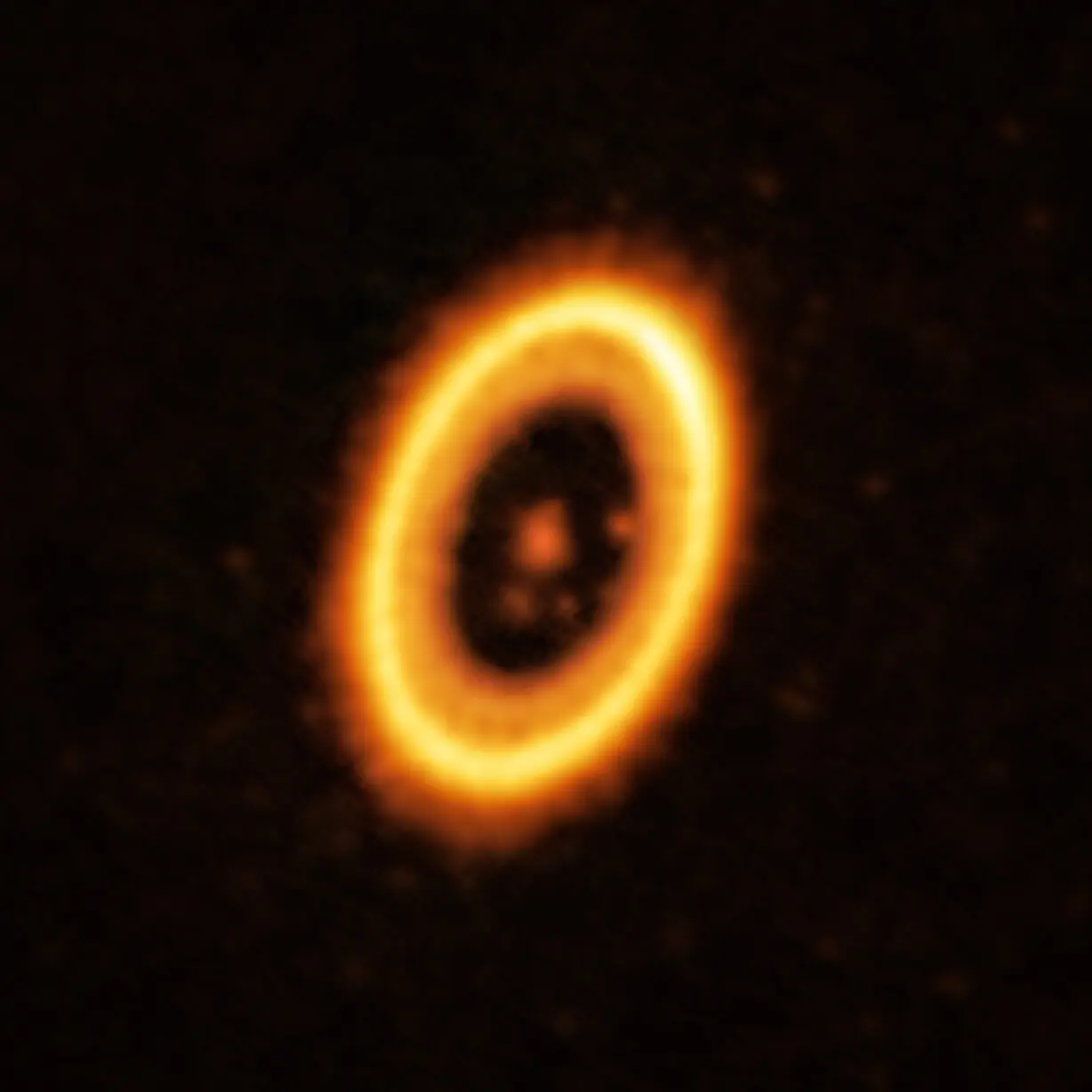
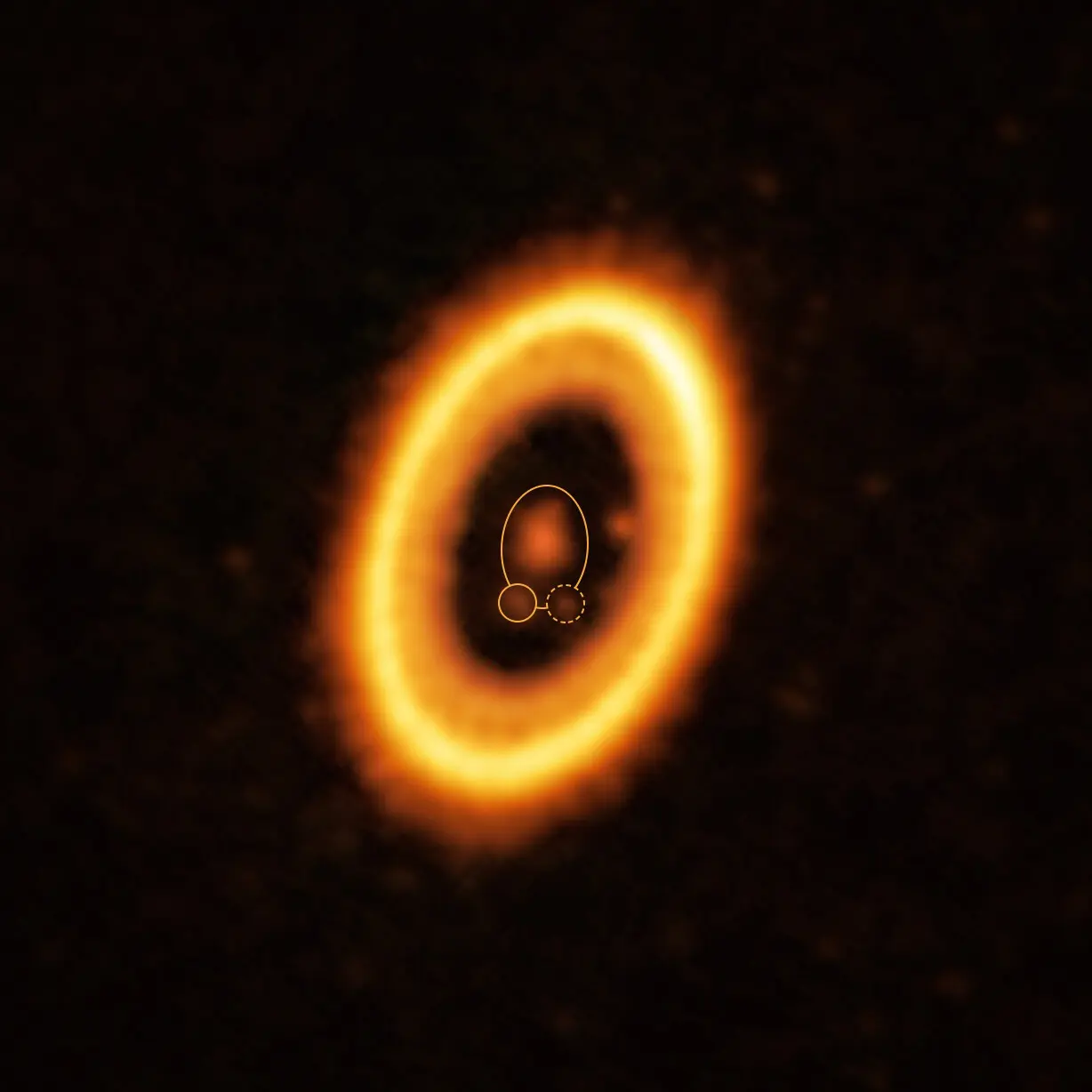
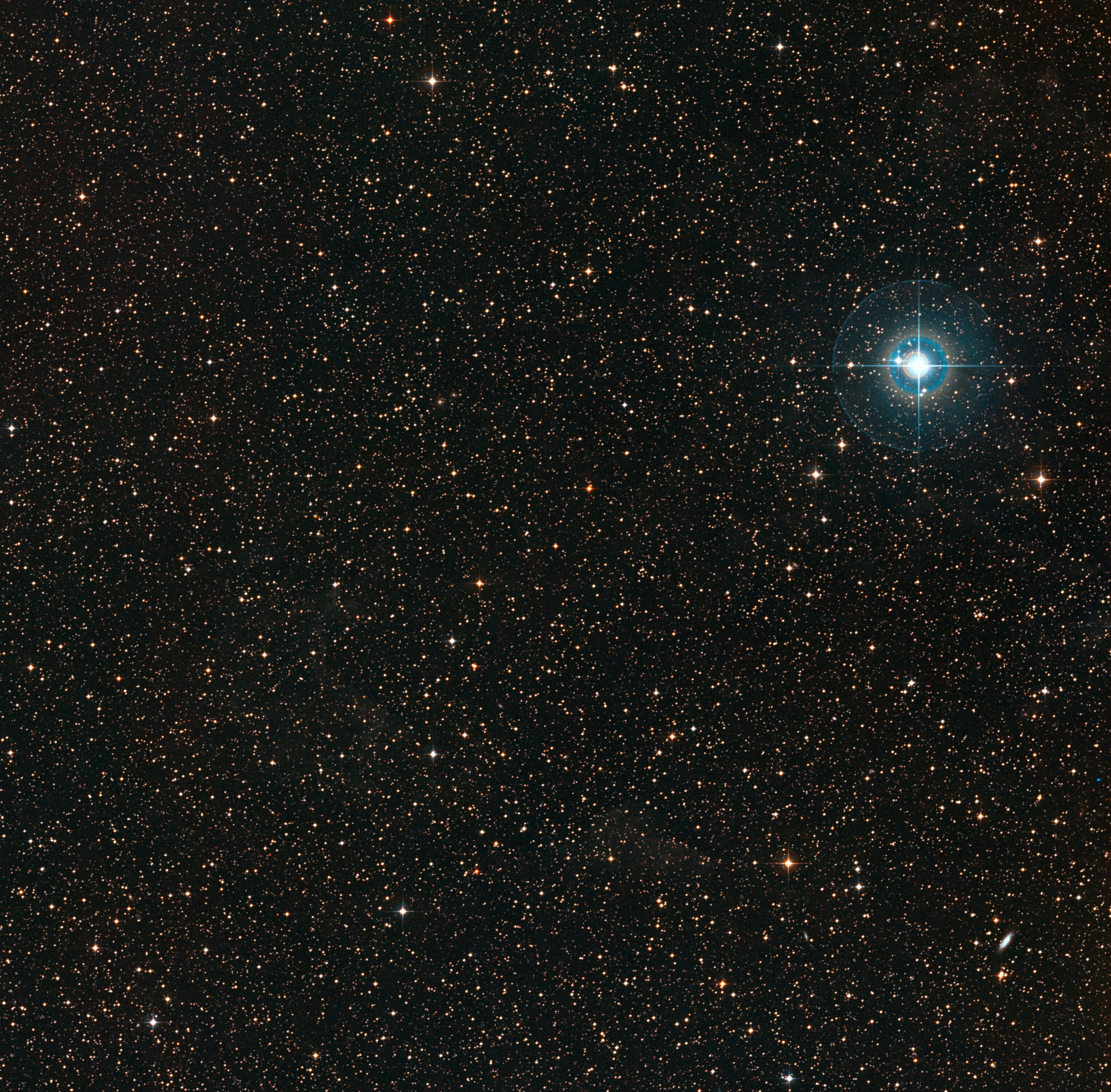
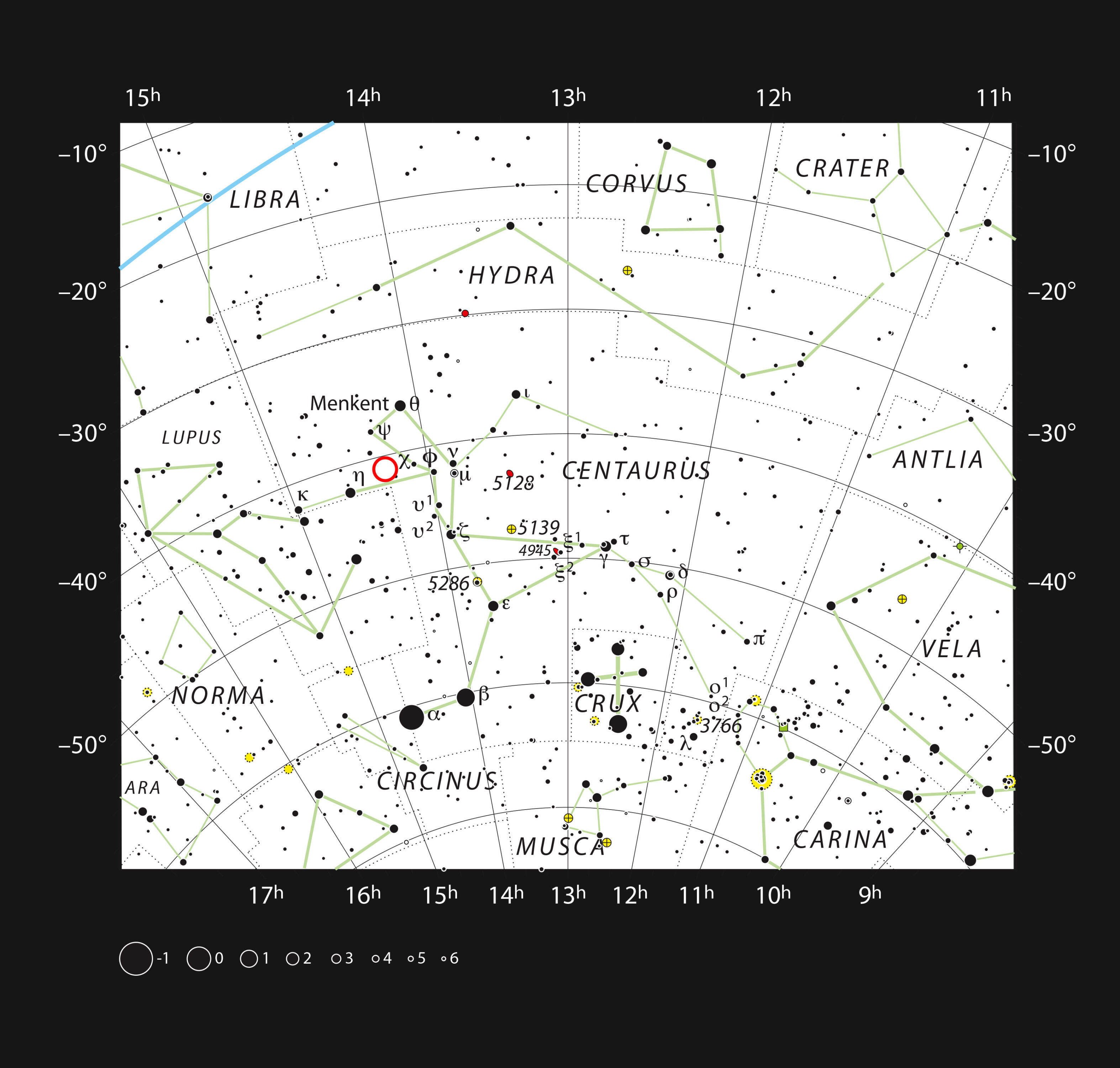
Videos
Contacts
-
Olga Balsalobre-Ruza
PhD student at Centre for Astrobiology (CAB, CSIC-INTA)Phone: +34 918131531Email: [email protected] -
Itziar De Gregorio-Monsalvo
ESO Head of the Office for Science ChilePhone: +56 (2) 2463 3000Email: [email protected] -
Bárbara Ferreira
ESO Media Manager -
Valeria Foncea
Education and Public Outreach ManagerJoint ALMA Observatory Santiago - ChilePhone: +56 2 2467 6258Cel: +56 9 7587 1963Email: [email protected] -
Naoko Inoue
EPO officer, ALMA ProjectNational Astronomical Observatory of Japan (NAOJ)Email: [email protected] -
Amy C. Oliver
Public Information & News Manager
